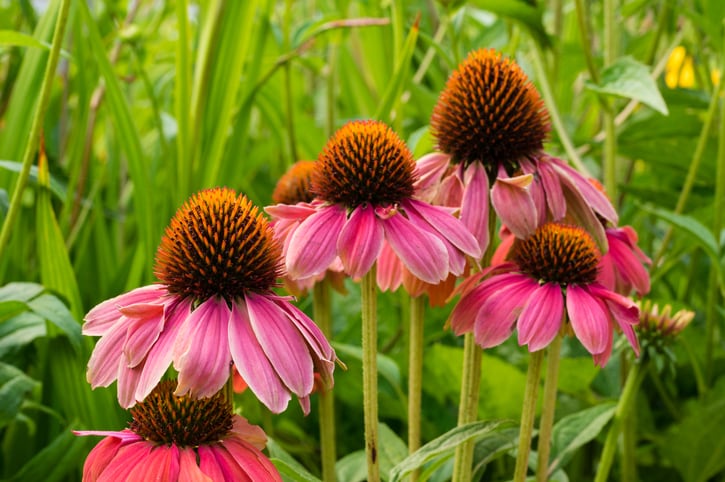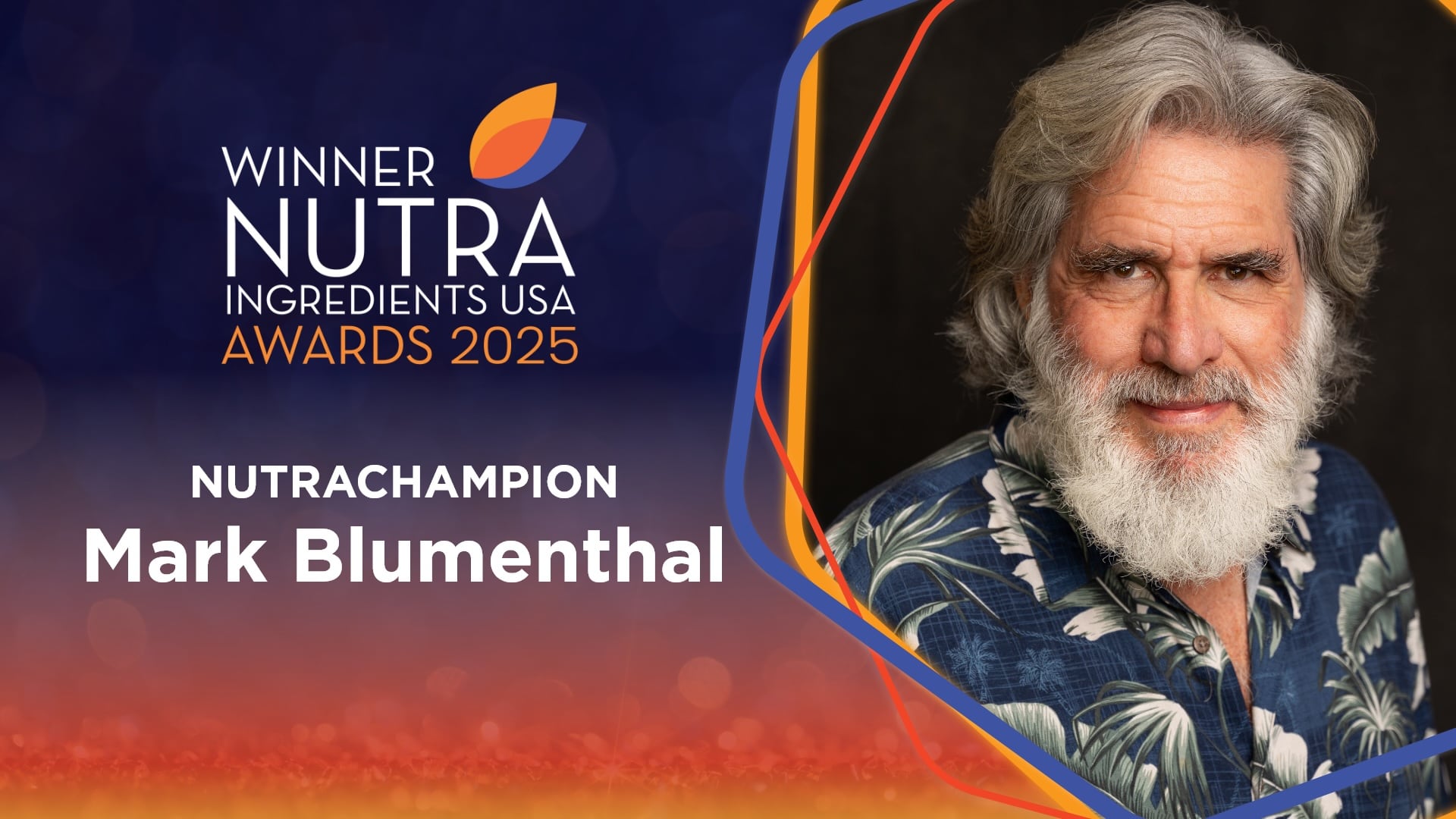According to the American Botanical Council (ABC), echinacea-based supplements ranked second and fourth among the top-selling herbal dietary supplements in the U.S. mainstream and natural retail channels in 2024, respectively, with over $168 million in combined sales.
“A native American medicinal plant, echinacea is one of the most popular herbs used therapeutically in North America,” said Mark Blumenthal, founder and executive director of ABC.
“Some species of echinacea—e.g., E. purpurea, or purple coneflower—are relatively easy to grow commercially and inexpensive, so there’s usually not much motivation for intentional adulteration and fraud. The new BAPP echinacea bulletin is a useful quality control resource for responsible members of the global herb and dietary supplement industry to aid them in setting appropriate identity specifications for echinacea ingredients.”
Written by Sebnem Harput Döner, PhD, an expert in natural products chemistry and pharmacology in Istanbul, and Stefan Gafner, PhD, chief science officer of ABC and director of BAPP, this latest advisory is the 31st bulletin and the 96th peer-reviewed document published by BAPP—an international consortium founded in 2011 by ABC, the American Herbal Pharmacopoeia (AHP) and the National Center for Natural Products Research (NCNPR) at the University of Mississippi.
A long history of adulteration
BAPP noted that echinacea roots have a long history of adulteration, with the roots of American feverfew (Parthenium integrifolium)—also known as prairie dock and not to be confused with “feverfew” (Tanacetum parthenium, Asteraceae)—identified as the main adulterant of Echinacea species roots.
At the height of the coronavirus pandemic, a spike in demand for immune system modulators like elderberry and echinacea and a reduction of FDA facility inspections—prompted BAPP to release a preemptive advisory calling for vigilance against potential ingredient adulteration.
“Based on our many years of experience in the botanical industry, we think it reasonable to expect an increase in ingredient adulteration,” the advisory read. “We also expect that new forms of adulteration may emerge. Accordingly, buyers must be more vigilant than ever before in the assurance of ingredient quality, particularly the first step in quality assessment—the determination of proper identity.”
According to the latest BAPP bulletin released last week, publications on the authenticity of echinacea preparations have not reported any adulteration with P. integrifolium.
While it affirmed that most herbal products claiming to contain echinacea do, in fact, contain echinacea, it also drew attention to issues with labeling integrity and ingredient authenticity. Some products were found to include plant species other than those listed on label. In other cases, items marketed as being made from a single species contained a mixture or multiple species, excipients, undeclared leaf extracts combined with root extracts, or E. angustifolia extracts adulterated with Cistanche extracts.
“Most of the authenticity issues with echinacea dietary supplement products may be due to inadvertent blending of two Echinacea species in the same batch, or admixture of some aerial parts to roots,” Dr. Gafner said. “Nevertheless, there are some cases of economically motivated (i.e., intentional) adulteration.”
The issue with desert broomrape
Beyond affecting product integrity and quality, Dr. Gafner also highlighted that adulteration in the botanical supply chain has implications for the survival of at-risk plant species listed on Appendix II of the Convention on International Trade in Endangered Species of Wild Fauna and Flora (CITES). It includes species that are not currently threatened with extinction but that may become threatened if trade is not closely controlled.
One of these is the echinacea adulterant known as desert broomrape, primarily grown in the desert regions of Inner Mongolia and the Chinese provinces of Xinjiang, Gansu, Ningxia and Qinghai.
“Since desert broomrape (Cistanche deserticola), which is used in traditional Chinese medicine, is listed under CITES Appendix II, the trade of this plant is limited and requires a permit,” Dr. Gafner said. “Therefore, manufacturers that inadvertently sell desert broomrape as echinacea are violating not only current Good Manufacturing Practices for dietary supplements but also CITES regulations.”
The bulletin, available through the ABC website, summarizes the available scientific data on adulteration and mislabeling of echinacea roots and herb, and provides information about the uses, sourcing, supply chain and market size of echinacea, along with a brief overview of the taxonomy chemistry and common methods of analysis.




